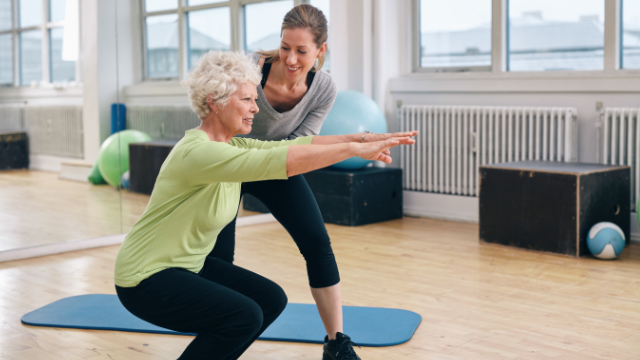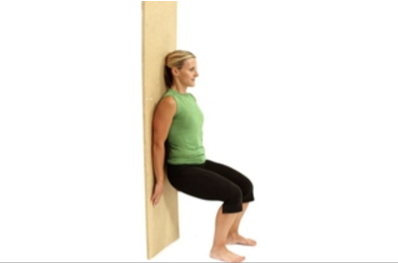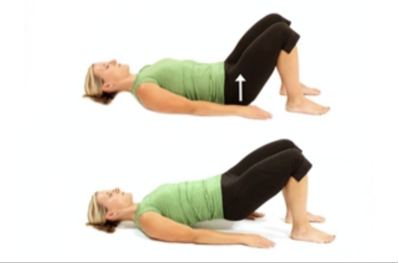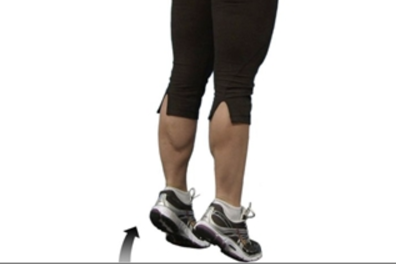
Knee pain has a way of reminding patients that it’s there throughout most of the day. For many individuals with this type of pain, it’s the first thing they notice upon getting out of bed in the morning, and it is often felt throughout many daily activities—like walking up stairs, getting in and out of a car, and bending down to pick up dropped items—until bedtime.
Some patients may respond to knee pain with what they consider to be a logical solution: keep knee movements down to a minimum to avoid any further pain and aggravation. This approach may appear to make sense, but the truth is that it will actually do more harm than good.
Limiting your knee movement will mean less overall mobility, and with that comes reduced flexibility and strength of the leg. This will in turn lead to an increased injury risk and additional problems down the road if the behavior is continued. Instead, the goal should be to focus on keeping the knee mobile and increasing the strength of the muscles that surround the knee, particularly the quadriceps (front of the thigh), hamstrings (back of the thigh), and the gastrocnemius (one of the calf muscles). Strengthening these muscles will lead to better support and stability of the knee joint, which is fundamental for overcoming knee pain. We recommend the following exercises to accomplish this:
The 4 best knee-strengthening exercises for pain
Disclaimer – This article and associated images is for educational purposes only. They are not meant to be a substitute for physical therapy or medical care. Please consult with your physical therapist and/or doctor before you start this or any other exercise program.
- Wall Sit
- Start with your back against a wall with your feet shoulder width apart, and about 2 feet from the wall
- Engage your abdominal muscles and slowly slide your back down the wall until your thighs are parallel to the ground
- Adjust your feet so your knees are directly above your ankles
- Keep your back flat against the wall
- Hold the position for 20-60 seconds
- Slide slowly back up the wall to a standing position
- Rest 30 seconds and repeat the exercise three times
- Increase your hold time by five seconds as you increase your strength.
- Bridge Exercise
- Lie on your back with your hands at your sides, knees bent, and feet flat on the floor under your knees
- Tighten your abs and buttocks by pushing your low back into the ground
- Raise your hips to create a straight line from your knees to shoulders
- Squeeze your core and pull your belly button back toward your spine
- Hold for 20-30 seconds, then return to your starting position
- Complete at least 10 reps
- Single-leg Heel Raise
- While standing, use a sturdy counter or chair for balance
- Lift one foot and stand with your weight on the other foot
- Rise up on your toes, then lower back onto your heel
- Repeat 10 times, for 3 sets
- To make the exercise easier, perform it with both feet
- To make the exercise more difficult, perform it on the edge of a step or ledge with one or both feet
- Partial Lunge
- While standing, step forward to about three-quarters of your full stride; this is your starting position
- Put most of your bodyweight on the leg in front
- Lower your body until your front thigh is almost parallel to the floor
- If you lose balance before your thigh gets to this position, return to the starting position at any time
- Keep your front knee aligned over the first and second toes, while the back can be bent at the knee or kept straight Repeat 10 times, for 3 sets




A physical therapist can help ensure that you’re performing these exercises correctly and provide you with additional knee-strengthening exercises to address your pain. Contact us to learn more or schedule an appointment.
In our next newsletter, we’ll provide some tips to help simplify your life with knee pain so you can get around more easily.
